Wondering how many calories red dates provide? 100 grammes of dried Chinese red dates includes these components: 287 calories; 73.6g Carbohydrate – 25%DV; 3.7g Protein – 7% DV; 217mg Vitamin C – 242% DV; 0.2 Thiamine – 14%DV; 0.4mg Riboflavin – 21% DV; 0.5mg Niacin – 12% DV; 79mg Calcium – 8% DV; 5.1mg Iron – 64% DV; 37mg Magnesium – 9% DV; 100mg Phosphorus – 10% DV; 531mg Potassium – 15% DV; 0.2mg Zinc – 1% DV; 0.3mg Copper – 13% DV; 31mg Manganese – 1351% DV. They also include tannins, which are beneficial to health. Tannins are a class of astringent, polyphenolic macromolecules that are known to exhibit anti-inflammatory, anti-infectious, and anti-haemorrhagic characteristics. Tannins are found in tea, wine, cocoa, and several fruits and vegetables. Positive Aspects for One’s Health This potent antioxidant helps your immune system thrive by promoting the formation of white blood cells, which in turn helps your body fight off infections. 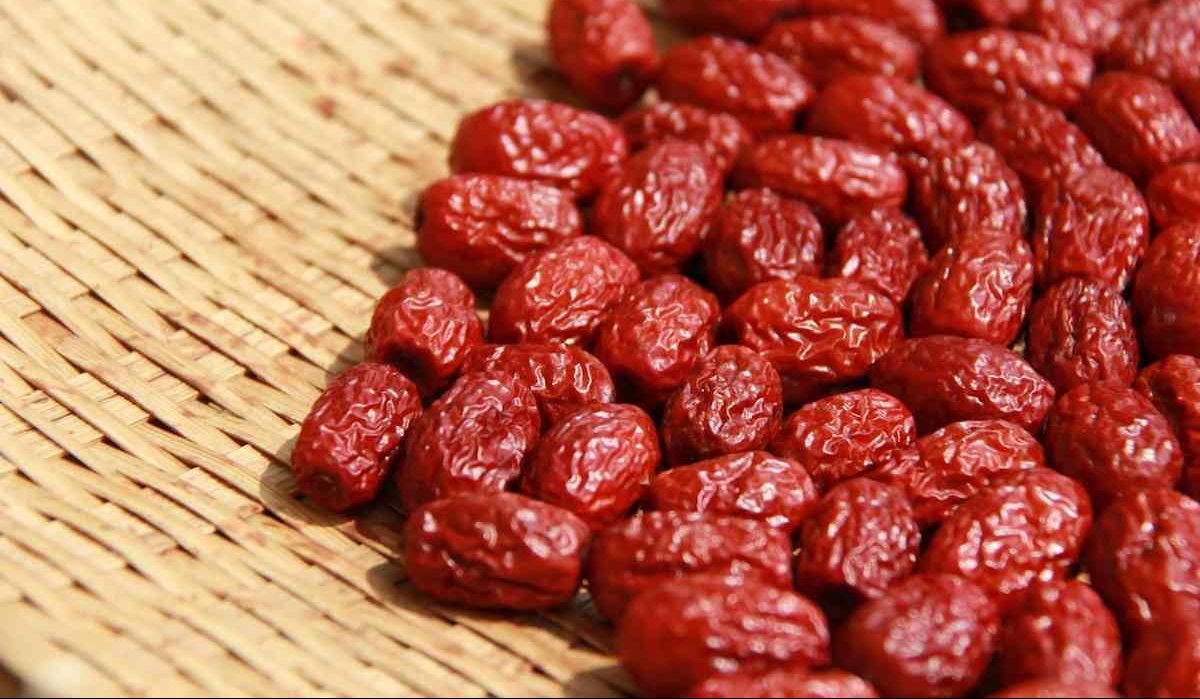 In addition to this, vitamin C is able to eliminate the harmful effects of free radicals, which are the root cause of a large number of persistent illnesses and conditions that can affect the human body. The use of jujube tea is an effective treatment for the flu, the common cold, and coughs, and it also provides relief for sore throats and coughs. There are around 217 milligrammes of vitamin C in every one hundred grammes of dried jujubes, which is equivalent to approximately 242 per cent of the daily required consumption. According to the findings of a study conducted by researchers at Purdue University and published in the Journal of the Academy of Nutrition and Dietetics, consuming a diet that is high in protein can cause one to experience sensations of fullness in between meals. According to the research compiled by the National Library of Medicine in the United States, protein not only contributes to the healthy operation of the cells that make up your body, but it is also necessary for the upkeep of the organs and tissues that make up your body. In addition, you need to consume adequate amounts of protein whenever you engage in any form of physical activity, particularly whenever you are attempting to construct muscle through the practice of weightlifting.
In addition to this, vitamin C is able to eliminate the harmful effects of free radicals, which are the root cause of a large number of persistent illnesses and conditions that can affect the human body. The use of jujube tea is an effective treatment for the flu, the common cold, and coughs, and it also provides relief for sore throats and coughs. There are around 217 milligrammes of vitamin C in every one hundred grammes of dried jujubes, which is equivalent to approximately 242 per cent of the daily required consumption. According to the findings of a study conducted by researchers at Purdue University and published in the Journal of the Academy of Nutrition and Dietetics, consuming a diet that is high in protein can cause one to experience sensations of fullness in between meals. According to the research compiled by the National Library of Medicine in the United States, protein not only contributes to the healthy operation of the cells that make up your body, but it is also necessary for the upkeep of the organs and tissues that make up your body. In addition, you need to consume adequate amounts of protein whenever you engage in any form of physical activity, particularly whenever you are attempting to construct muscle through the practice of weightlifting. 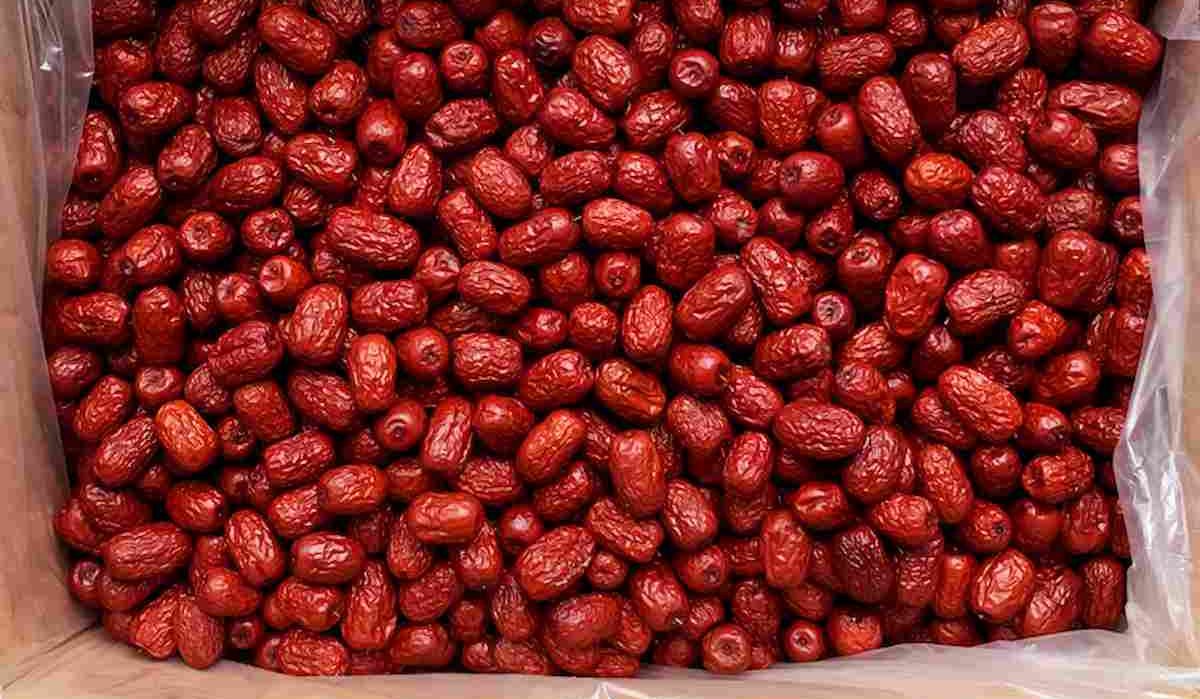 There are approximately 3.7 grammes of protein in 100 grammes worth of dried jujubes, which is approximately 7 percent of the daily required requirement. Riboflavin, commonly known as vitamin B2, is a naturally occurring substance that is yellow in colour. It is a vital component for the proper functioning of our neural systems, as well as for maintaining healthy eyes, skin, and hair. Additionally, this vitamin works well in conjunction with vitamin B6, iron, and folate. Skin health, metabolism, brain function, the gastrointestinal tract, the metabolism of tryptophan, and iron absorption are all negatively impacted by a lack of vitamin B2. There is approximately 21% of the daily recommended intake of riboflavin in 100 grammes of dried jujubes, which equates to 0.4 milligrammes of riboflavin. Repercussions That May Occur People who have a pre-existing sensitivity to jujubes are the only ones who are likely to experience any adverse reactions after consuming these fruits.
There are approximately 3.7 grammes of protein in 100 grammes worth of dried jujubes, which is approximately 7 percent of the daily required requirement. Riboflavin, commonly known as vitamin B2, is a naturally occurring substance that is yellow in colour. It is a vital component for the proper functioning of our neural systems, as well as for maintaining healthy eyes, skin, and hair. Additionally, this vitamin works well in conjunction with vitamin B6, iron, and folate. Skin health, metabolism, brain function, the gastrointestinal tract, the metabolism of tryptophan, and iron absorption are all negatively impacted by a lack of vitamin B2. There is approximately 21% of the daily recommended intake of riboflavin in 100 grammes of dried jujubes, which equates to 0.4 milligrammes of riboflavin. Repercussions That May Occur People who have a pre-existing sensitivity to jujubes are the only ones who are likely to experience any adverse reactions after consuming these fruits. 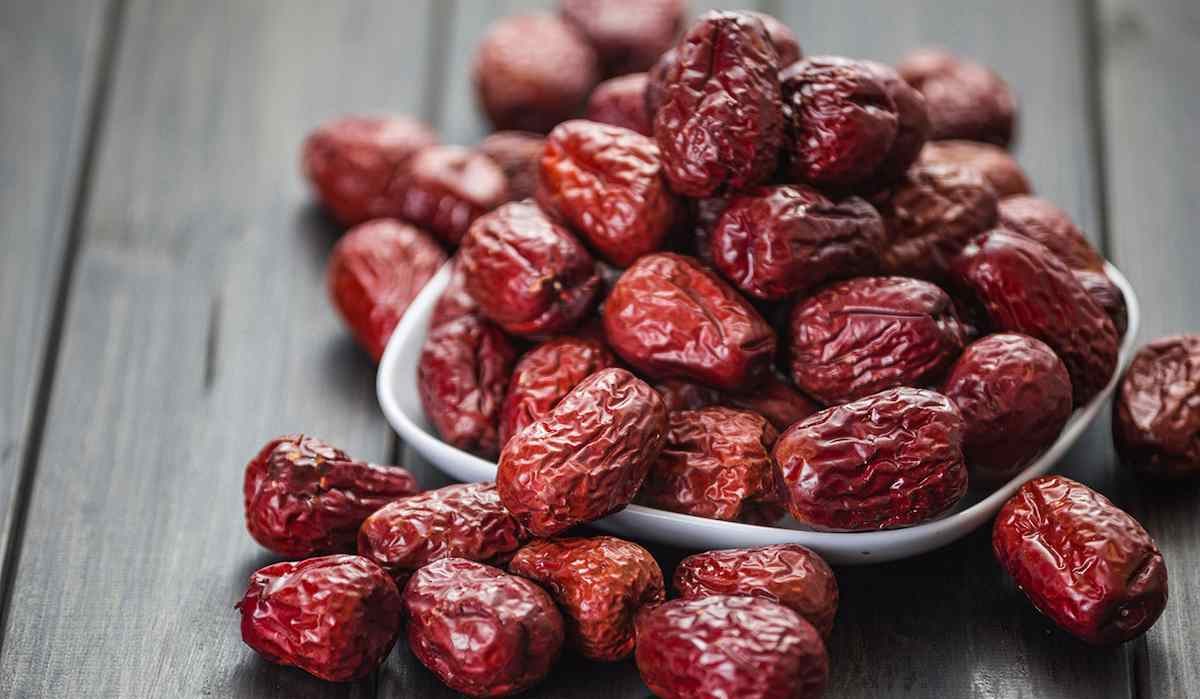
Chinese dried red dates
This year has seen a rise in the consumption of dried winter Chinese red dates, which are considered to be innovative and delicious new snacks. The natural flavour of winter jujubes is maintained during the process of freeze-drying; this includes the faint sourness that may be detected on the skin. As opposed to being served as a snack like dried dates, dried red jujubes are more frequently used in traditional Chinese cooking as an ingredient. The dried variant of winter jujubes is not the same as red jujubes; rather, red jujubes are a different kind of jujube that has been bred specifically for the purpose of producing dried fruit and become red when they are fully ripe. They are typically picked between the months of August and October, while the more frost-hardy winter jujubes come later. The red jujubes have a chewy consistency and a flavour that is somewhat similar to sugar. There are many various kinds of red jujube goods available, each of which is designed to fulfil a certain need. In order to enhance the flavour as well as the nutritional value of stews, soups, and sweets that are liquid-based, whole jujubes are typically used. 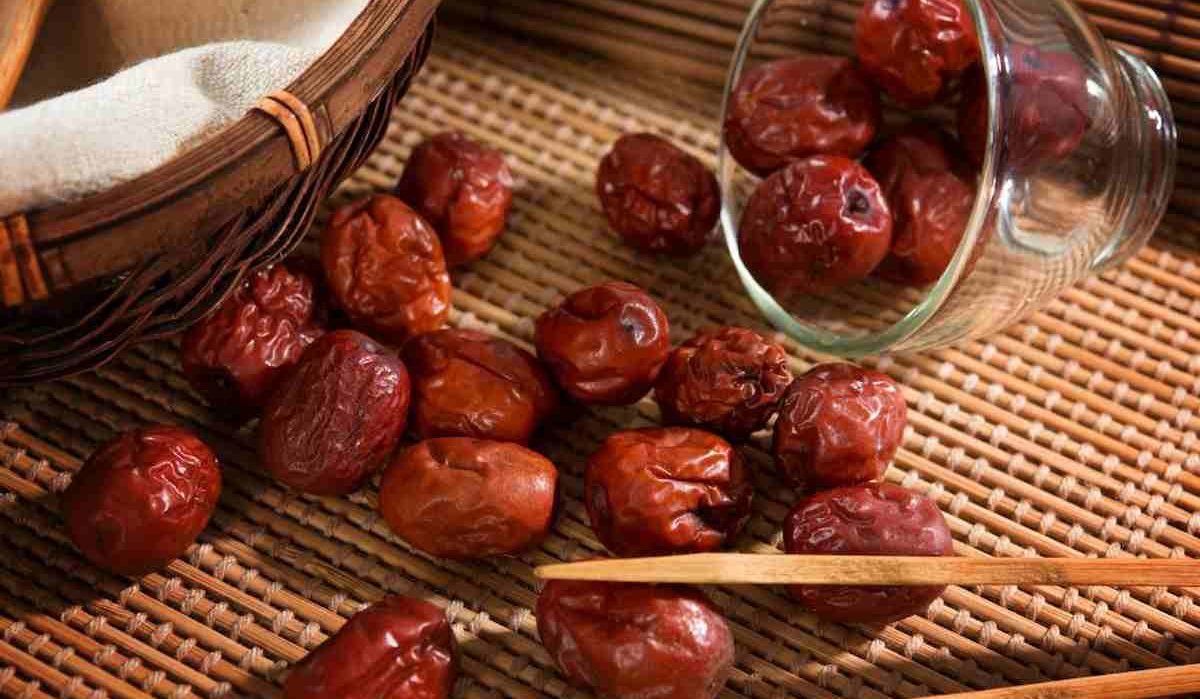 In savoury dishes, jujubes can contribute a natural sweetness that pairs very well with meats, yet in sweet dishes, they are prized for both their sweetness and their meaty texture. This makes them a versatile ingredient in both categories. Because of their high medicinal value, whole jujubes are frequently included in congees alongside different types of beans and nuts, as well as in soups made with chicken or pork ribs. On the other hand, there is a traditional Chinese sweet snack in which jujubes are traditionally packed with sticky rice and served. It is made by first cutting open the red jujubes in order to remove the pits, and then inserting little balls of glutinous rice dough in the middle of each jujube. The jujubes are then steamed until the glutinous rice is cooked and the jujubes are soft and moist. Honey is drizzled over them, and white sesame seeds are sprinkled on top of the dish before serving. Red jujube chips are tiny rings of dried jujubes; the jujubes are cut and then dried to obtain a crunchy feel. Red jujube chips are also known as red jujube flakes. These chips can be steeped in hot water with other herbs and teas to make warming beverages, or they can be sprinkled on top of soupy desserts to add extra sweetness and crunch.
In savoury dishes, jujubes can contribute a natural sweetness that pairs very well with meats, yet in sweet dishes, they are prized for both their sweetness and their meaty texture. This makes them a versatile ingredient in both categories. Because of their high medicinal value, whole jujubes are frequently included in congees alongside different types of beans and nuts, as well as in soups made with chicken or pork ribs. On the other hand, there is a traditional Chinese sweet snack in which jujubes are traditionally packed with sticky rice and served. It is made by first cutting open the red jujubes in order to remove the pits, and then inserting little balls of glutinous rice dough in the middle of each jujube. The jujubes are then steamed until the glutinous rice is cooked and the jujubes are soft and moist. Honey is drizzled over them, and white sesame seeds are sprinkled on top of the dish before serving. Red jujube chips are tiny rings of dried jujubes; the jujubes are cut and then dried to obtain a crunchy feel. Red jujube chips are also known as red jujube flakes. These chips can be steeped in hot water with other herbs and teas to make warming beverages, or they can be sprinkled on top of soupy desserts to add extra sweetness and crunch. 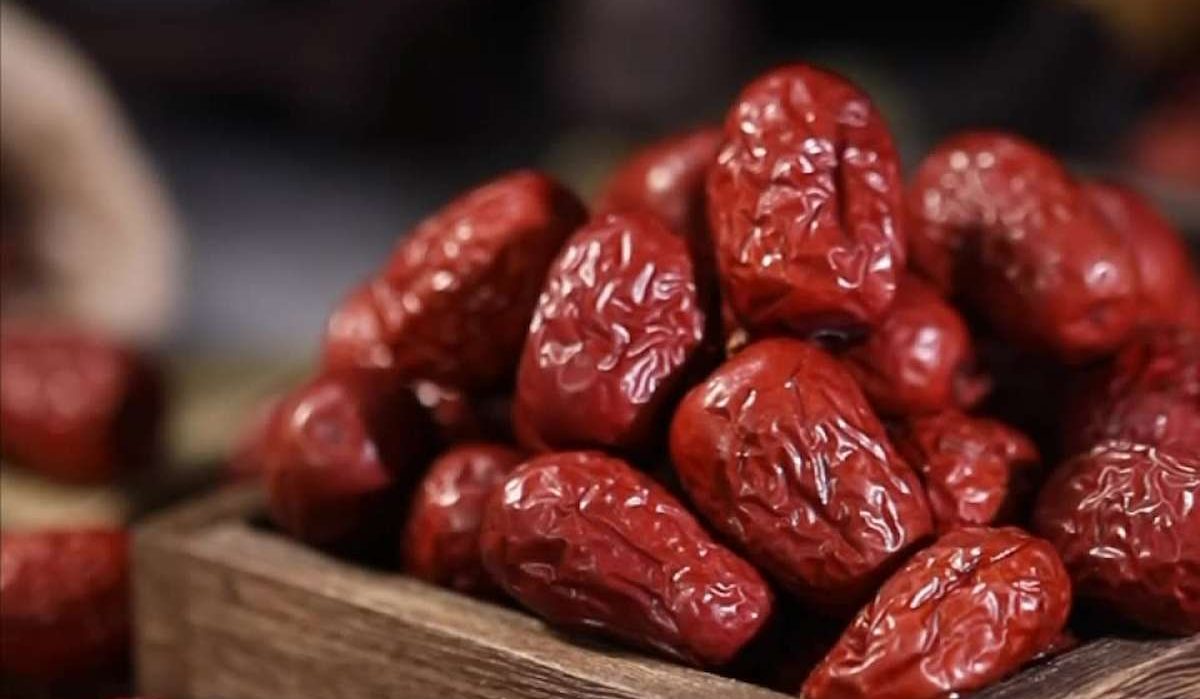 One example would be the topping on Hainan-style qingbuliang, which is a refreshing chilled coconut milk dessert filled with sweet beans, fruits, taro, and more. When consumed straight, the jujube chips are extremely sugary and crunchy. Alternatively, you may soften them by soaking them in coconut milk for a few minutes, at which point they will also take on the milk’s aroma. Alongside red bean paste, jujube paste is consistently ranked as one of the most sought-after fillings for traditional Chinese baked goods and sweets. The red jujubes, oil, and either maltose or sugar—depending on the desired flavour—are all that are needed to make traditional jujube paste. When it comes to producing the paste, jujubes with a higher sugar content are always preferred. However, it requires a significant amount of effort and time to complete. After the jujubes have been washed carefully in water to remove any dirt that may be buried in the wrinkled skin, they are boiled in water for an hour until they have all become plumper and darker in colour. While the jujubes are still hot, use a fork to crush each one, and then add more water and continue to cook the mixture for another half an hour.
One example would be the topping on Hainan-style qingbuliang, which is a refreshing chilled coconut milk dessert filled with sweet beans, fruits, taro, and more. When consumed straight, the jujube chips are extremely sugary and crunchy. Alternatively, you may soften them by soaking them in coconut milk for a few minutes, at which point they will also take on the milk’s aroma. Alongside red bean paste, jujube paste is consistently ranked as one of the most sought-after fillings for traditional Chinese baked goods and sweets. The red jujubes, oil, and either maltose or sugar—depending on the desired flavour—are all that are needed to make traditional jujube paste. When it comes to producing the paste, jujubes with a higher sugar content are always preferred. However, it requires a significant amount of effort and time to complete. After the jujubes have been washed carefully in water to remove any dirt that may be buried in the wrinkled skin, they are boiled in water for an hour until they have all become plumper and darker in colour. While the jujubes are still hot, use a fork to crush each one, and then add more water and continue to cook the mixture for another half an hour.  After passing the mixture through a sieve to remove the skin and pits, it is transferred to a pan made of a non-stick material and placed over low heat while being constantly stirred. This process is repeated until the moisture is completely evaporated. Stir-frying the jujube paste for approximately forty minutes is required to get it to the consistency of paste; after that, oil is added, which gives the paste a glossy appearance. When done, the jujube paste should have a dark brown hue and should not stick to the finger when it is touched by hand. It can be put in an airtight container and kept in the refrigerator for up to one week while having a shelf life of anywhere from one to three months in the freezer. The red jujube and walnut candy cake is a traditional Chinese dessert. You may find it frequently provided in the gift boxes that are given out during Chinese New Year as a way to entertain guests while they drink hot tea. There are a few different kinds of Chinese confections that are sold under the name Gao, which literally translates to “cake,” although these treats are actually chewy sweet bars. The procedure is quite similar to the one used to make jujube paste; the only difference is that you must add the toasted walnuts at the end of the lengthy stir-frying process when the jujube paste is almost finished being prepared.
After passing the mixture through a sieve to remove the skin and pits, it is transferred to a pan made of a non-stick material and placed over low heat while being constantly stirred. This process is repeated until the moisture is completely evaporated. Stir-frying the jujube paste for approximately forty minutes is required to get it to the consistency of paste; after that, oil is added, which gives the paste a glossy appearance. When done, the jujube paste should have a dark brown hue and should not stick to the finger when it is touched by hand. It can be put in an airtight container and kept in the refrigerator for up to one week while having a shelf life of anywhere from one to three months in the freezer. The red jujube and walnut candy cake is a traditional Chinese dessert. You may find it frequently provided in the gift boxes that are given out during Chinese New Year as a way to entertain guests while they drink hot tea. There are a few different kinds of Chinese confections that are sold under the name Gao, which literally translates to “cake,” although these treats are actually chewy sweet bars. The procedure is quite similar to the one used to make jujube paste; the only difference is that you must add the toasted walnuts at the end of the lengthy stir-frying process when the jujube paste is almost finished being prepared. 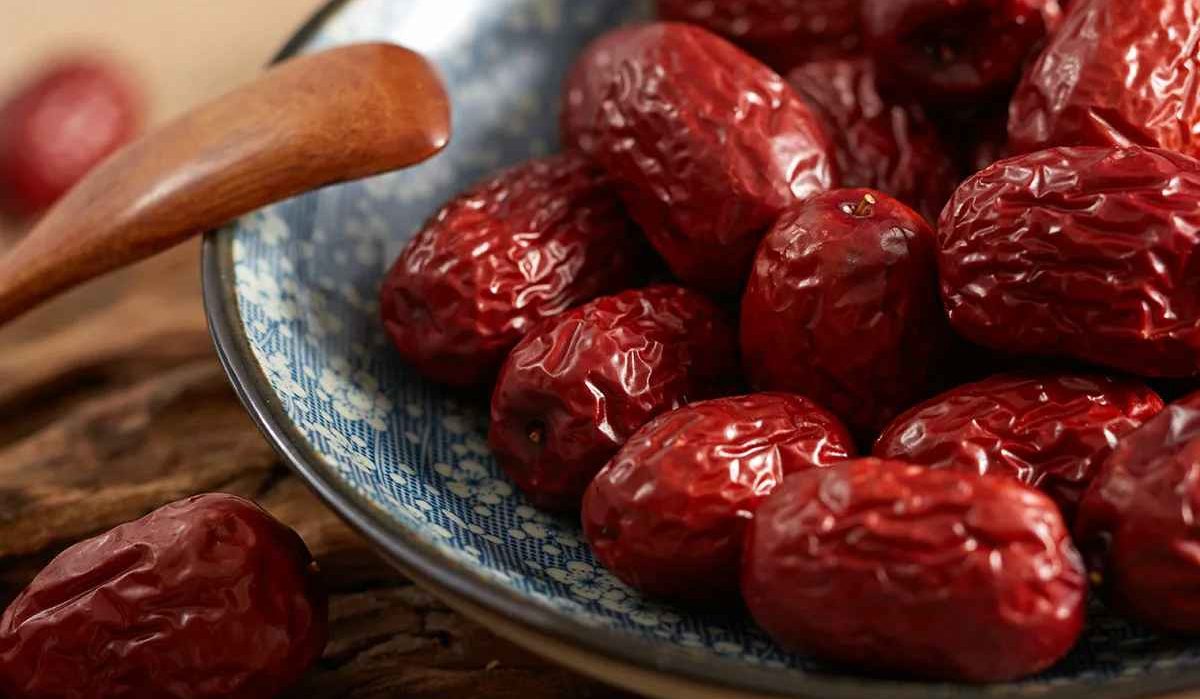 The walnuts are distributed uniformly throughout the hot jujube paste before the candy is folded, which also contributes to the delicacy’s increased chewiness. After that, the jujube and walnut mixture is poured out onto a baking sheet and pressed into an even layer. When it has reached the point when it is totally cooled, you may cut it into small sticks, and these make wonderful presents for your loved ones and close friends. To cut through the sweetness of the jujube and walnut candy cake, the finest accompaniment is a strong cup of black coffee or a rich dark tea. The jujube paste is frequently used in various forms of Chinese pastries as a delicious filling. One of the popular kinds is the jujube flower pastry, an elegant confection that is formed like a flower and contains jujube paste placed in the middle as well as in every “flower petal.” On the other hand, red jujube cake is a kind of cake that is on the softer side, and it includes a significant quantity of jujubes in the batter. The preparation of the jujube mixture is simpler than the preparation of the jujube paste; all that is required is to boil the jujubes, remove the pits, and then crush them in a blender. Additionally, a large number of eggs are utilised in the cake in order to achieve its moist consistency.
The walnuts are distributed uniformly throughout the hot jujube paste before the candy is folded, which also contributes to the delicacy’s increased chewiness. After that, the jujube and walnut mixture is poured out onto a baking sheet and pressed into an even layer. When it has reached the point when it is totally cooled, you may cut it into small sticks, and these make wonderful presents for your loved ones and close friends. To cut through the sweetness of the jujube and walnut candy cake, the finest accompaniment is a strong cup of black coffee or a rich dark tea. The jujube paste is frequently used in various forms of Chinese pastries as a delicious filling. One of the popular kinds is the jujube flower pastry, an elegant confection that is formed like a flower and contains jujube paste placed in the middle as well as in every “flower petal.” On the other hand, red jujube cake is a kind of cake that is on the softer side, and it includes a significant quantity of jujubes in the batter. The preparation of the jujube mixture is simpler than the preparation of the jujube paste; all that is required is to boil the jujubes, remove the pits, and then crush them in a blender. Additionally, a large number of eggs are utilised in the cake in order to achieve its moist consistency. 
dried red dates
Dried dates, whether red or black, have been an indispensable component in a wide variety of dishes, ranging from snack mixes to the focal points of dessert trays. Dates, which are considered by some historians to be the earliest fruit that has been produced, played a vital part in the religious and political systems of a number of ancient empires. After long days of fasting throughout the month of Ramadan, individuals who practise Islam enjoy them as a way to commemorate Eid al-Fitr, which is a feast that marks the end of the month and is known as the festival of breaking the fast. Dates that have been dried out are still very frequent in the cuisine of the Middle East, where they are used in a variety of traditional dishes as well as day-to-day dishes for special occasions. Although dates can be consumed in their fresh state, many individuals find that the intense flavour of dried dates best suits their tastes. The drying process not only alters the flavour and consistency, but it also results in increased amounts of specific minerals. This is in addition to the fact that it makes the product more convenient. Dates that have been dried come in a number of different types, each of which has its own unique flavour and composition of nutrients due to the unique growing conditions in each region where dates are farmed.  Among the many varieties of dried dates, Medjool, Zahidi, and Deglet Noor are three of the most well-known. They may be discovered in supermarkets as well as health food stores in any region of the globe. Dates have not only been consumed as food for the past 6,000 years but they have also been utilised medicinally to treat a variety of conditions, including but not limited to the following: In order to take advantage of the numerous health benefits as well as the delicious flavour that red dates (Jujube) have to offer, they are frequently included in liquid-based desserts like this one.
Among the many varieties of dried dates, Medjool, Zahidi, and Deglet Noor are three of the most well-known. They may be discovered in supermarkets as well as health food stores in any region of the globe. Dates have not only been consumed as food for the past 6,000 years but they have also been utilised medicinally to treat a variety of conditions, including but not limited to the following: In order to take advantage of the numerous health benefits as well as the delicious flavour that red dates (Jujube) have to offer, they are frequently included in liquid-based desserts like this one.
- Ingredients
- 6 red jujubes
- 5 dried longans
- 20 grammes of roasted red beans
- 15 grammes of peanuts are in this sentence.
- 10 grammes of lily bulb after it has been dried out.
- 10 grammes of chewing gum flavoured like peach.
- Steps
- Soak the red beans and peach gun in water for a full 24 hours, the dried lily bulbs and jujubes for 30 minutes, and the peanuts for around 15 minutes; the peanuts’ skins do not need to be removed.
- Bring the peanuts, red beans, and lily bulbs to a boil for one hour.
After one hour, add the peach gum, jujubes, and longans and continue boiling for another half an hour.
- When it is cooked, the sweet soup can be sweetened with yellow rock sugar or honey, and it is typically served hot.
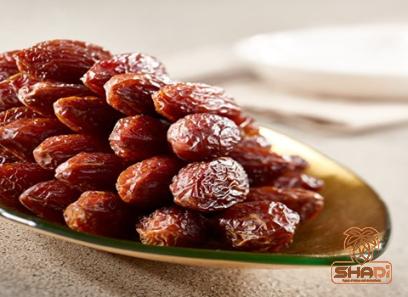
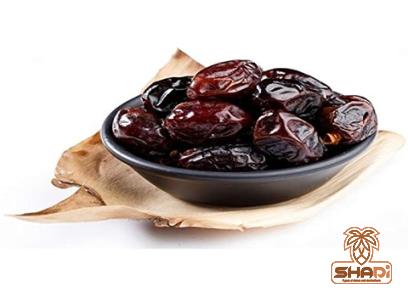
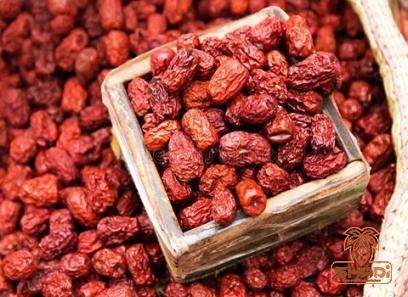
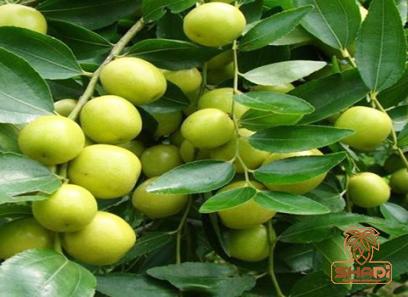
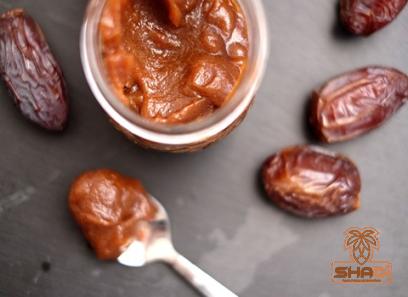
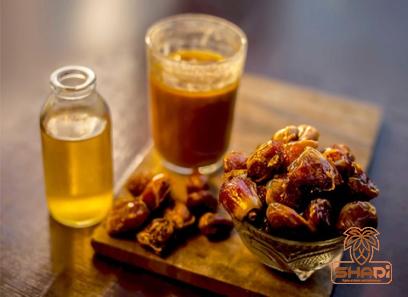
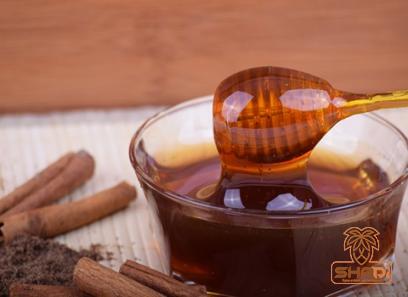
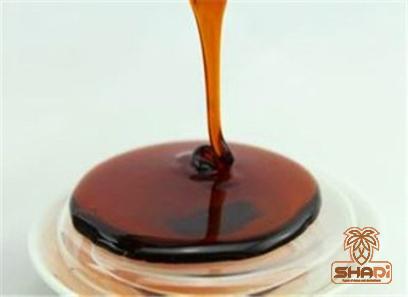
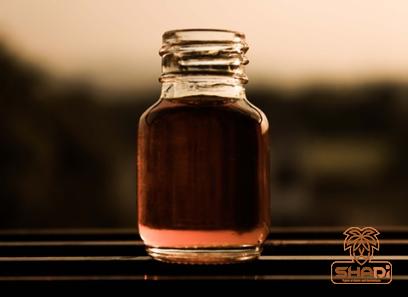
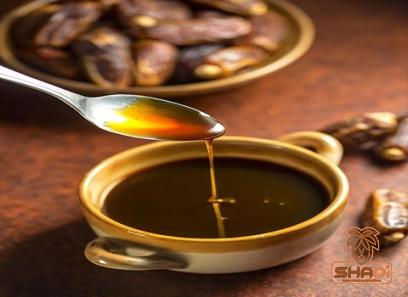
Your comment submitted.